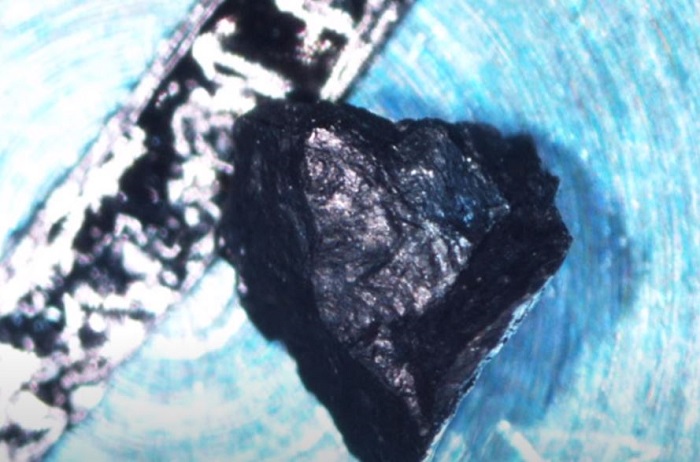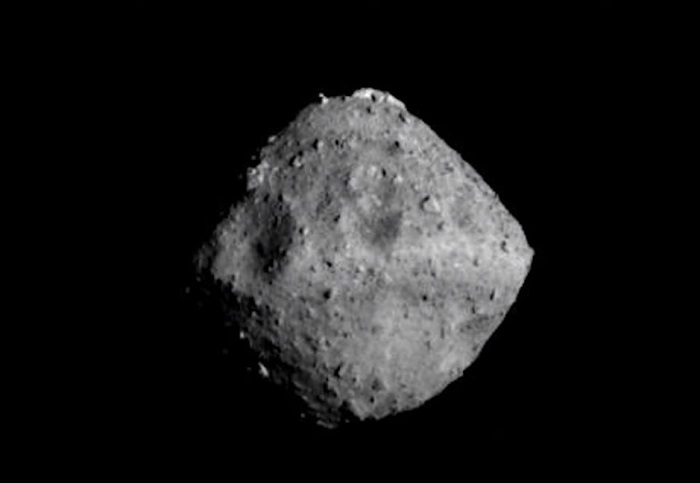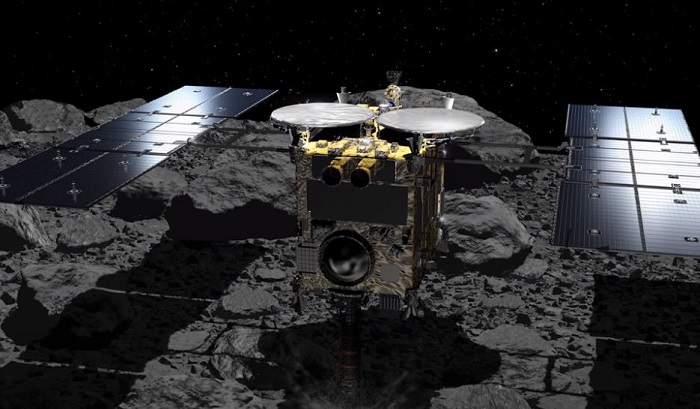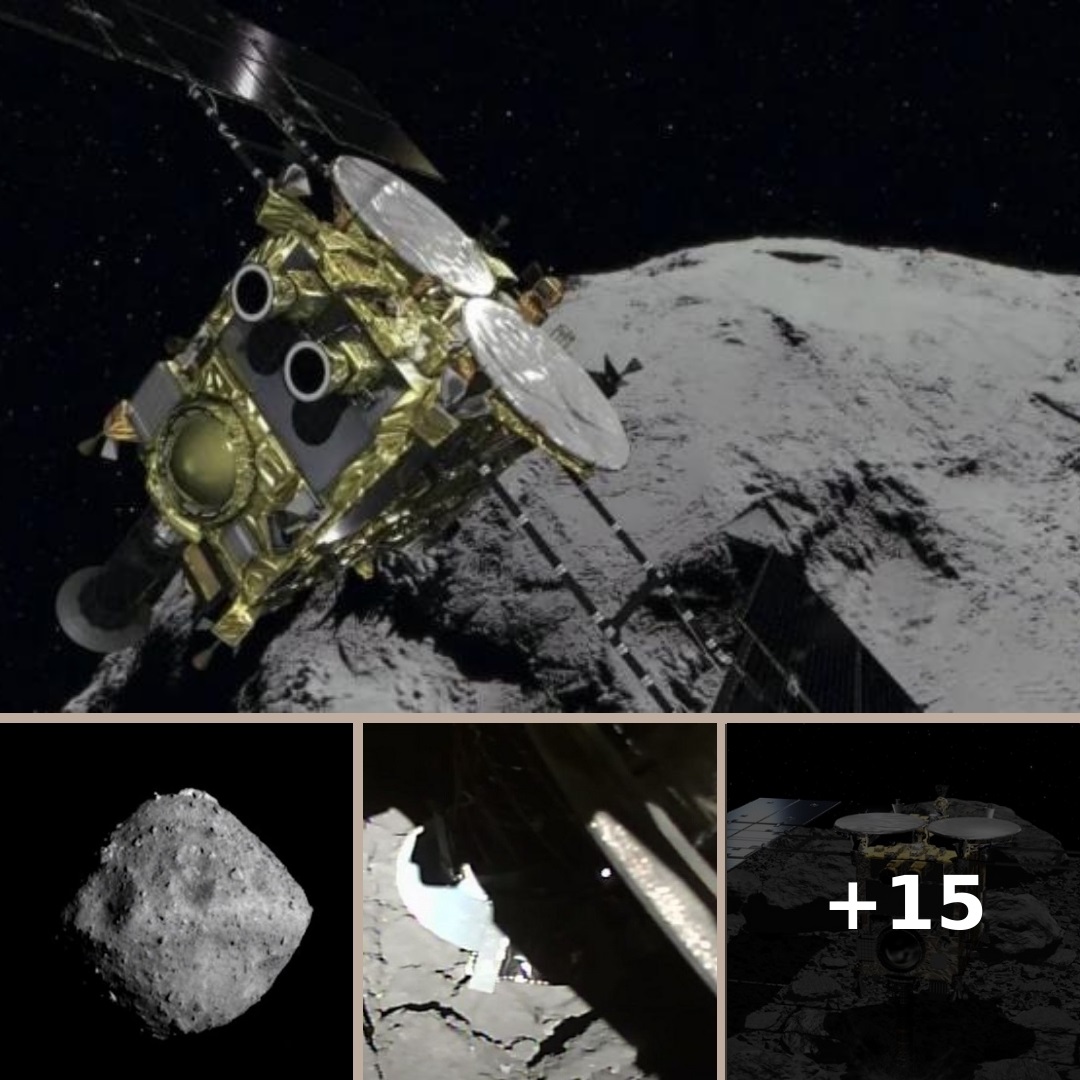An international team of scientists has discovered a specimen of the asteroid Ryugu, which was returned to Earth by Hayabusa2 in 2020.

It is a sample of the Chondrites meteorite of carbon origin, similar to the Winchcombe meteorite that fell to Earth and was found in Gloucestershire in 2021. They are an extremely rare group of meteorites, containing organic matter and amino acids – components part of life.
They are the most primitive and primitive materials of the solar system and can provide unique information about where water and the elements that build life are, and how planets were made.

In the latest study, astronomers discovered that Ryungu belongs to a group of asteroids known as Cb-type asteroids that form billions of kilometers away from Earth, toward the edge of the Sun’s influence.
The celestial bodies are thought to lie in a region of space known as the Kuiper Belt, or possibly even beyond.

Professor Sara Russell said that in the past decade they have only begun to assess the extent to which objects in the solar system can move towards and away from the Sun.
While it is generally accepted that matter from outside the solar system may have been moved inward by the giant planets, this is one of the first studies to show that the asteroid belt contains such material. substances from as far back as Neptune. This adds another layer of detail to the understanding of how the solar system formed.

The aim of the study was to determine whether Cb-type asteroids, such as Ryugu, could be the parent bodies of a rare group of meteorites called CI chondrites.
To help find the answer, it’s first necessary to know the location of the asteroid remnant’s formation. Pinpoint their origins to answer some of the biggest questions about space and the universe.

The scientists concluded that both Ryugu and CI chondrites come from the same region of space, possibly even from the same celestial body.
They compared iron forms in both asteroids and meteorites, knowing that Ryugu is a very close object to chondrites CI. This is the rarest carbon meteorite on record.

